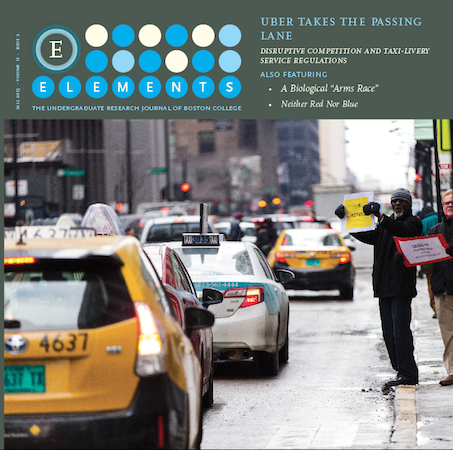Cartographers in the Caribbean: Economics and Mapping in the Colonial New World
DOI:
https://doi.org/10.6017/eurj.v11i2.9065Keywords:
Fall 2015, humanities, history, economicsAbstract
This paper is the culmination of a semester's worth of research and work conducted at the Burns Library at Boston College as a part of Dr. Sylvia Sellers-Garcia's "Making Hisotry Public" course in the Spring of 2014. This class focused on cartography from the early modern era, and this article focuses on an incredible atlas that was published in 1775 entitled The West India Atlas. The atlas, which is a detailed example of colonial-era cartography, was published by an assistant to a Mr. Thomas Jeffreys, who was the geographer to King George III at the time of his death in 1771. This remarkable text features not only accurate maps and representations of the Caribbean islands, but also vivid descriptions of the various territories and their histories. Both the economic contexts at the time that the atlas was published and how Jeffreys and his assistants chose to represent these contexts within the various maps through symbols and references to navigational resources were examined and analyzed.Downloads
Published
2015-11-18
How to Cite
Shapiro, B. (2015). Cartographers in the Caribbean: Economics and Mapping in the Colonial New World. Elements, 11(2). https://doi.org/10.6017/eurj.v11i2.9065
Issue
Section
Articles
License
Copyright (c) 2015 Elements

This work is licensed under a Creative Commons Attribution 4.0 International License.

